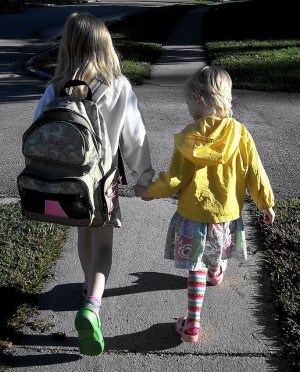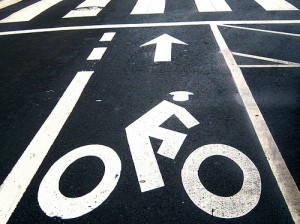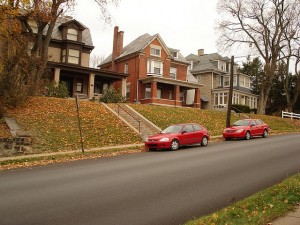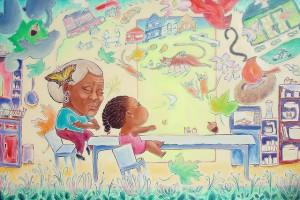If you reside in Columbia Heights, Dupont Circle or Friendship Heights, chances are, you live near a practicing physician. For D.C. residents who make their home east of the river, it’s a very different situation, according to a recent article in the Washington Post, which focused on a potential shortage of doctors in this city. One part of the article stood out to us; when it comes to a lack of practicing physicians, certain areas in D.C.- have it much worse than others.
In Ward 3, for example, there is an abundance of physicians, with “literally hundreds of doctors to choose from,” said Michael Williams, chief of health-care operations for the nonprofit D.C. Primary Care Association. But he said only 90 doctors list a business address east of the Anacostia River.
The District has a “severe mal-distribution of physicians” rather than a shortage, given that roughly 23 percent of the population lives east of the river but only a tiny fraction of physicians have a business location there, he said.
The Post reported that there are 4,000 full- or part-time physicians in D.C. but it’s important to keep in mind those doctors are sometimes seeing patients who work in the city, but live in Maryland or Virginia. So doctors who maintain a practice in the city are treating patients from across the region, which for locals makes finding a doctor even more challenging.













